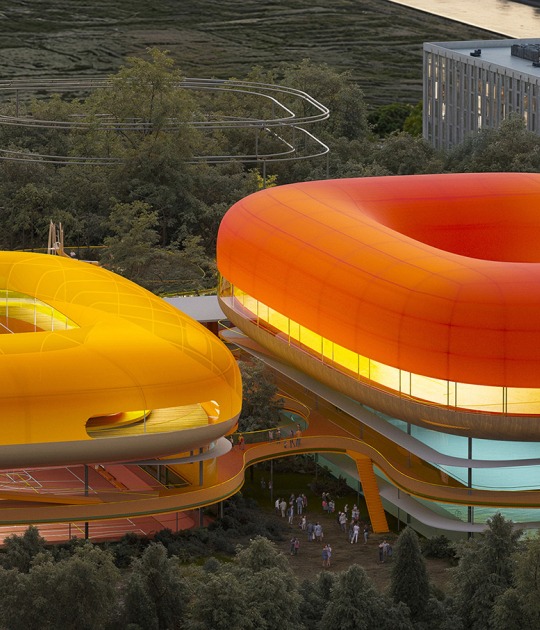
Rendering. Television City 2050 by Foster + Partners.
The new campus is located on a site of more than 10 hectares (25 acres) where buildings are flooded with natural light and linked by tree-lined pedestrian boulevards, pocket parks and courtyards to enhance community well-being. The retail is located at street level and functions as an activation on the perimeter of the studio, causing a positive social impact on the surrounding area.
Television City L.A. It becomes the first all-electric studio thanks to the choice of locally sourced low-carbon materials, the production of renewable energy on site and the presence of abundant vegetation. Added to these strategies is a new mobility center, with a Transportation Demand Management (TDM) program that reduces vehicle trips by up to 30 percent.



























